Talbot Manor Home for Boys, Bournemouth, Hampshire
The Talbot Manor Home for Boys was opened in 1890 by the Waifs and Strays Society at 57 Talbot Avenue, Bournemouth. The home was named in memory of Mary Anne Talbot, one of a pair of sisters who in the 1850s founded the nearby Talbot village to provide employment and accommodation for poor labourers in the area. The purpose-built premises were paid for by local land-owner Lord Leven and Melville, an active supporter of the Society, who also funded the home at St Leonards on Sea.
Talbot Manor was a large brick building, standing on high and open ground, near to a pine wood. It could accommodate 24 boys. Its ground-floor contained a large dining-room, the master and matron's sitting room, a committee room, kitchen, and a bathroom containing two baths. The upper floor contained two large dormitories, the master and matron's bedroom, a bedroom for a servant, a store room, and a spare room for use as a sick room when required. The home had a large garden which was cultivated by the boys, with vegetables being produced for the home's use. At the rear of the home were several acres of grounds with space for a cricket ground, a giant-strider, parallel bars, and a vaulting horse. The boys attended the Talbot Village school and some of them sang in the Talbot Church choir.

Talbot Manor Home for Boys, Bournemouth, c.1891. © Peter Higginbotham

Boys, Colonel Elliot (local Secretary), and Canon Weldon at Talbot Manor Home for Boys, Bournemouth, 1891. © Peter Higginbotham
The backgrounds of the Home's inmates in 1891 were reported as follows:
- FREDERICK B. has lost both parents; he was kept by an aunt for some time, but her narrow means would not allow her to continue keeping him.
- ARTHUR F. is the child of an overburdened widow left with seven children.
- ALBERT and GEORGE S. are brothers, who have lost both parents.
- FREDERICK T. B, has lost both parents; he is one of nine children.
- CECIL M. was left by his mother in the charge of another, and then deserted.
- HENRY T. A. has lost his father, who was found drowned; his mother is in delicate health, and has another child to support.
- EDWIN C. K. has also lost his father; the widow was left with five other young children.
- SYDNEY G. A. is a similar case, his mother having eight other young children.
- JOSEPH W. H. is also the child of a widow, who has four others to support.
- WILLIAM S. P. was deserted by both parents, and was kept for some time by working people, who could not continue to keep him.
- ALFRED M. B. has lost both parents; no relatives able to keep him.
- EDWARD T. T. has lost both parents.
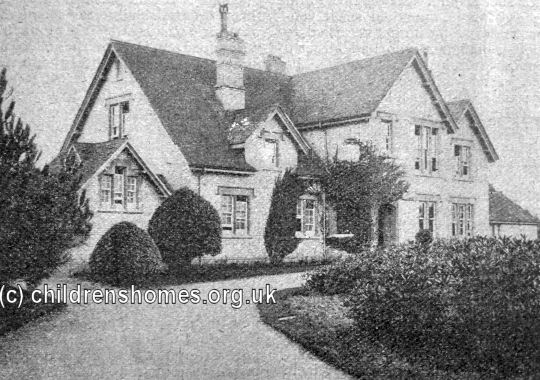
Talbot Manor Home for Boys, Bournemouth, c.1902. © Peter Higginbotham
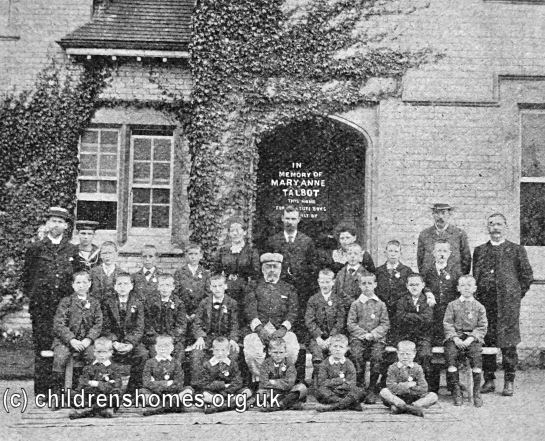
Officers and Boys at Talbot Manor Home for Boys, Bournemouth, c.1902. © Peter Higginbotham

Boys and staff at Talbot Manor Home for Boys, Bournemouth, c.1907. © Peter Higginbotham

Boys and Master at Talbot Manor Home for Boys, Bournemouth, c.1907. © Peter Higginbotham
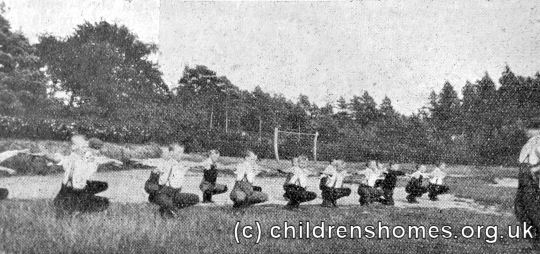
Physical jerks at Talbot Manor Home for Boys, Bournemouth, c.1919. © Peter Higginbotham
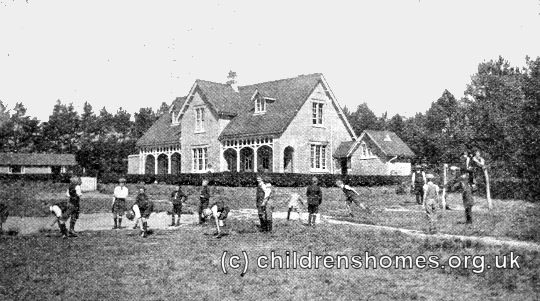
Playtime at Talbot Manor Home for Boys, Bournemouth, c.1922. © Peter Higginbotham

Club-drill at Talbot Manor Home for Boys, Bournemouth, c.1926. © Peter Higginbotham
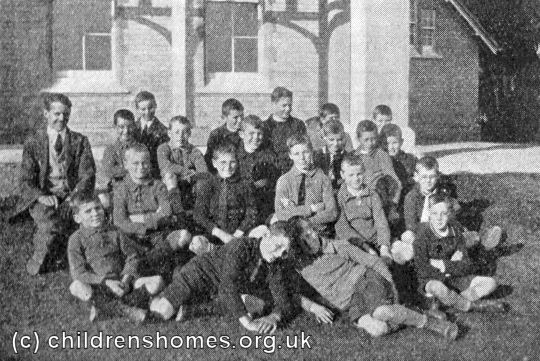
Talbot Manor Home for Boys, Bournemouth, c.1927. © Peter Higginbotham
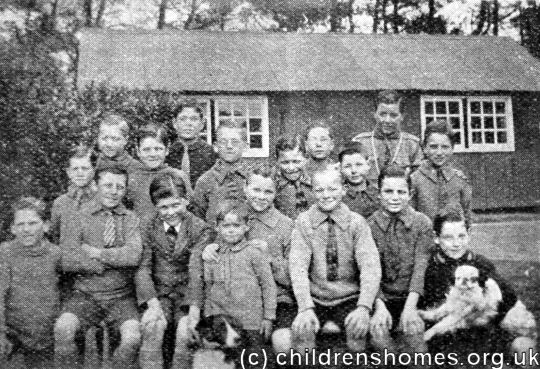
Talbot Manor Home for Boys, Bournemouth, c.1928. © Peter Higginbotham
The Home closed in 1984. The property is now occupied by a care home for the elderly.
Records
Note: many repositories impose a closure period of up to 100 years for records identifying individuals. Before travelling a long distance, always check that the records you want to consult will be available.
- Index of the Society's first 30,000 children's case files ordered by surname.
- Index of the Society's first 30,000 children's case files ordered by date of birth.
- The Children's Society Records and Archive Centre is at Unit 25, Springfield House, 5 Tyssen Street, London E8 2LZ (email: archives@childrenssociety.org.uk). Files for children admitted to its homes after September 1926 were microfilmed in the 1980s and the originals destroyed. Some post-1926 files had already been damaged or destroyed during a flood. The Society's Post-Adoption and Care Service provides access to records, information, advice, birth record counselling, tracing and intermediary service for people who were in care or adopted through the Society.
- The Society has produced detailed catalogues of its records relating to disabled children, and of records relating to the Children's Union (a fundraising body mostly supported from the contributions of children).
Bibliography
- Bowder, Bill Children First: a photo-history of England's children in need (1980, Mowbray)
- Church of England Waifs and Strays' Society [Rudolfe, Edward de Montjoie] The First Forty Years: a chronicle of the Church of England Waifs and Strays' Society 1881-1920 (1922, Church of England Waifs and Strays' Society / S.P.C.K.)
- Higginbotham, Peter Children's Homes: A History of Institutional Care for Britain's Young (2017, Pen & Sword)
- Morris, Lester The Violets Are Mine: Tales of an Unwanted Orphan (2011, Xlibris Corporation) — memoir of a boy growing up in several of the Society's homes (Princes Risborough, Ashdon, Hunstanton, Leicester) in the 1940s and 50s.
- Rudolf, Mildred de Montjoie Everybody's Children: the story of the Church of England Children's Society 1921-1948 (1950, OUP)
- Stroud, John Thirteen Penny Stamps: the story of the Church of England Children's Society (Waifs and Strays) from 1881 to the 1970s (1971, Hodder and Stoughton)
Links
- Hidden Lives Revealed — the story of the children who were in the care of The Children's Society in late Victorian and early 20th Century Britain.
- The Children's Society
Except where indicated, this page () © Peter Higginbotham. Contents may not be reproduced without permission.


